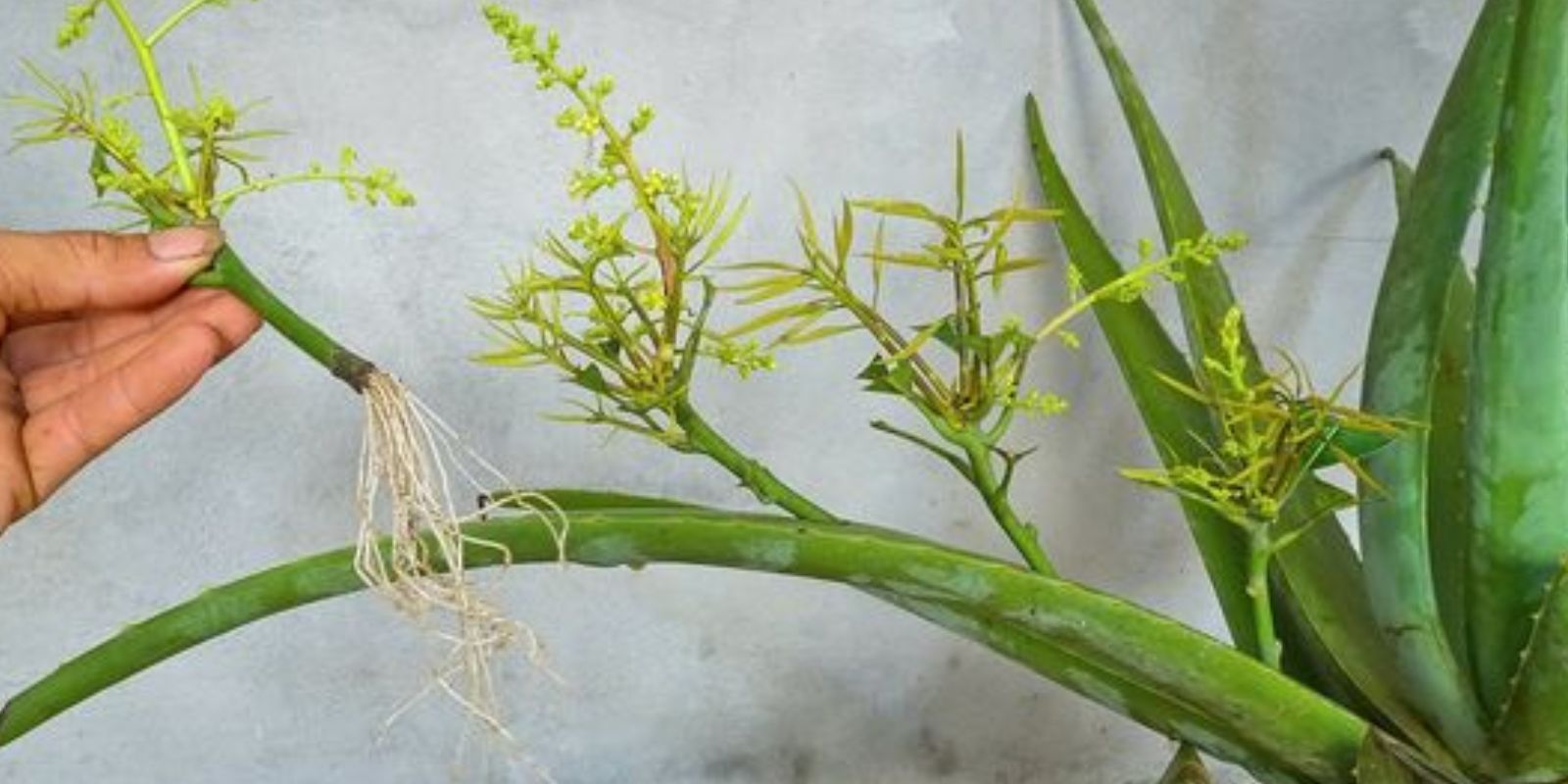Introduction
Mango trees are a delight for any gardener, offering luscious fruit and an attractive addition to your garden. While propagating mango trees typically involves various methods like seed planting or grafting, there’s a lesser-known technique that involves using aloe vera to accelerate the process. Aloe vera, renowned for its natural rooting hormones and healing properties, can significantly enhance the growth and fruiting potential of mango trees. This article will walk you through a super special technique for propagating mango trees using aloe vera, ensuring faster growth and potentially quicker fruit production.
Understanding the Basics of Mango Propagation
Before diving into the aloe vera technique, it’s essential to understand the basic principles of mango propagation. Mango trees can be grown from seeds or cuttings. While seeds are straightforward, they can take a long time to mature and produce fruit. Cuttings, however, offer a faster route to fruit production but require proper care and techniques to ensure success.
Why Aloe Vera?
Aloe vera is not only a popular houseplant but also a powerhouse in plant propagation. The gel from aloe vera contains natural growth hormones and enzymes that stimulate root development. This makes it an excellent choice for enhancing the propagation process of various plants, including mango trees. By using aloe vera, you can provide the cutting with the necessary support to develop a robust root system more quickly than traditional methods.
Steps for Propagating Mango Trees with Aloe Vera
- Selecting and Preparing the Mango Cutting
- Choose a Healthy Cutting: Select a healthy mango tree with vigorous growth. The ideal cutting should be semi-hardwood, about 6 to 12 inches long, and have at least one or two nodes (the small bumps on the stem where leaves or branches emerge).
- Prepare the Cutting: Trim the cutting just below a node using clean, sharp pruning shears. Remove any excess leaves and side shoots to focus the plant’s energy on rooting.
- Preparing the Aloe Vera Gel
- Harvest Aloe Vera Gel: Cut a mature aloe vera leaf from the plant. Slice it open lengthwise to extract the clear gel inside. You’ll need enough gel to coat the base of the mango cutting thoroughly.
- Prepare the Gel: Place the aloe vera gel into a small container or bowl. You can use it fresh or blend it to make it more liquid for easier application.
- Applying Aloe Vera to the Cutting
- Coat the Cutting: Dip the base of the mango cutting into the aloe vera gel, ensuring the entire area where roots will develop is covered. The gel will provide essential growth hormones and protect the cutting from potential pathogens.
- Let it Sit: Allow the gel to sit on the cutting for a few minutes to ensure it adheres properly and begins to work its magic.
- Planting the Cutting
- Choose a Pot and Soil: Select a pot with drainage holes and fill it with well-draining soil. A mix of potting soil and perlite or sand is ideal for mango cuttings.
- Plant the Cutting: Make a hole in the soil with a stick or your finger and insert the aloe-coated base of the cutting into the hole. Gently firm the soil around the cutting to ensure good contact.
- Water Lightly: Water the soil lightly to settle it around the cutting. Avoid overwatering, as excess moisture can lead to rot.
- Creating Optimal Conditions
- Provide Warmth and Light: Place the pot in a warm, sunny location. Mango cuttings need plenty of light to encourage healthy growth. A temperature range of 70-85°F (21-29°C) is ideal for rooting.
- Maintain Moisture: Keep the soil consistently moist but not waterlogged. You can cover the pot with a clear plastic bag or a humidity dome to maintain high humidity levels, which can further aid in root development.
- Monitor for Growth: Check the cutting regularly for signs of new growth. Once you see new leaves or stems, this indicates that the roots are forming. This can take several weeks, so patience is key.
- Transplanting
- Check for Root Development: After about 6-8 weeks, gently remove the cutting from the pot to check if roots have developed. Healthy roots should be white and robust.
- Transplant to Larger Pot: Once the cutting has a well-established root system, transplant it into a larger pot or directly into the garden if the weather conditions are suitable. Continue to provide ample light and care as the tree grows.
Motivation
By using this super special aloe vera technique, you can boost your mango tree’s growth and potentially enjoy fruit production sooner. Aloe vera’s natural rooting hormones enhance the propagation process, making it easier for you to grow a thriving mango tree. Give this method a try and witness the transformation yourself! Share your experiences with fellow gardeners and inspire them to experiment with aloe vera for their own plant propagation projects. 🌿🥭
Conclusion
Propagation is an exciting part of gardening, and using aloe vera to propagate mango trees offers a unique and effective approach. By following these steps, you can enhance the growth and fruiting potential of your mango trees, ensuring a rewarding gardening experience. Remember to provide the right conditions and care for your cuttings, and you’ll soon be enjoying the fruits of your labor.

